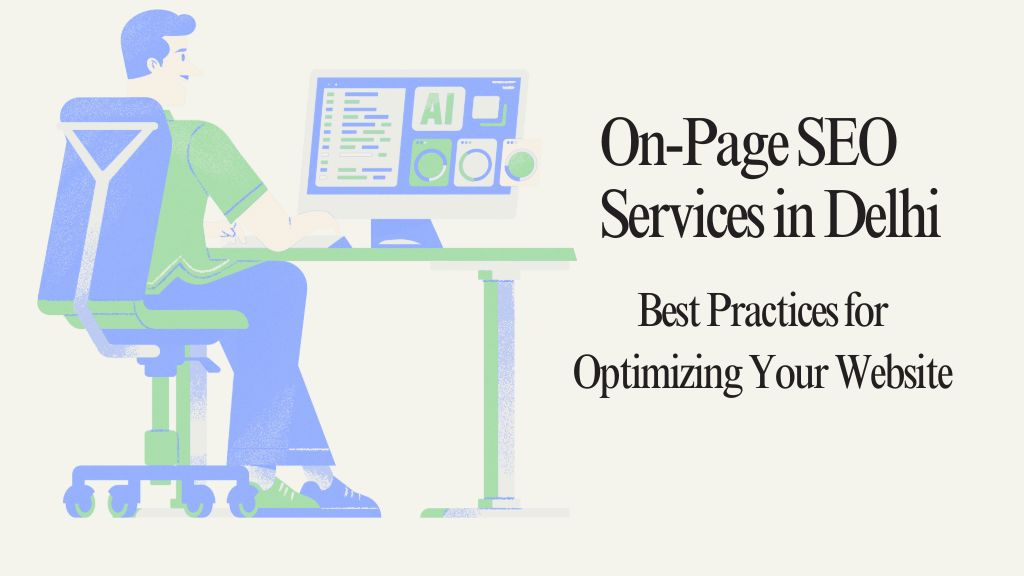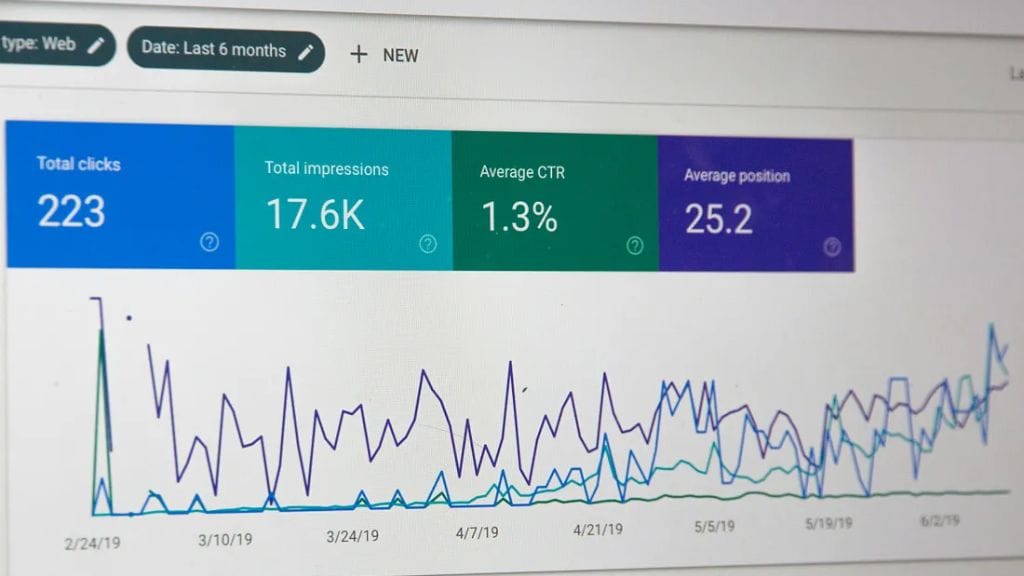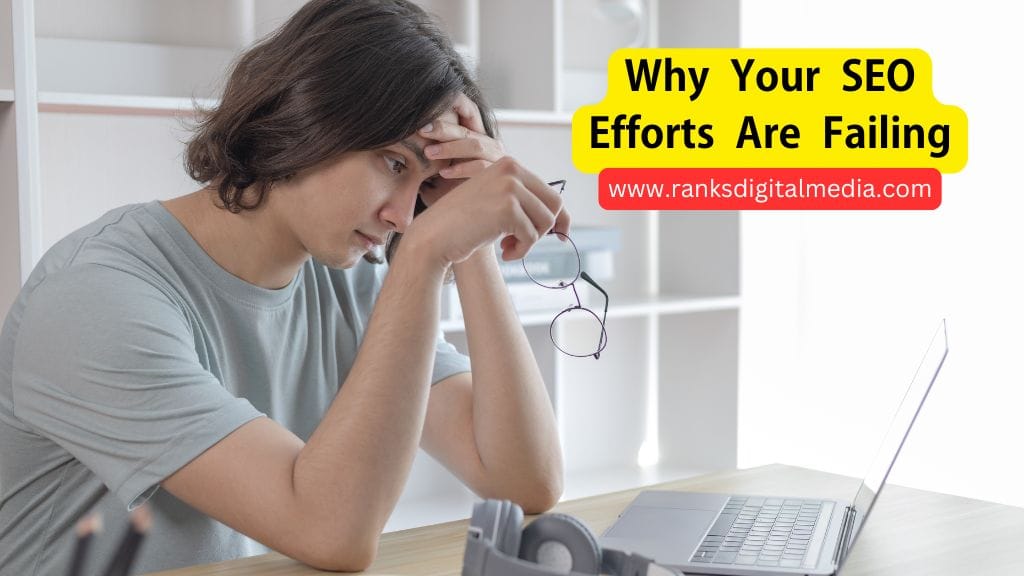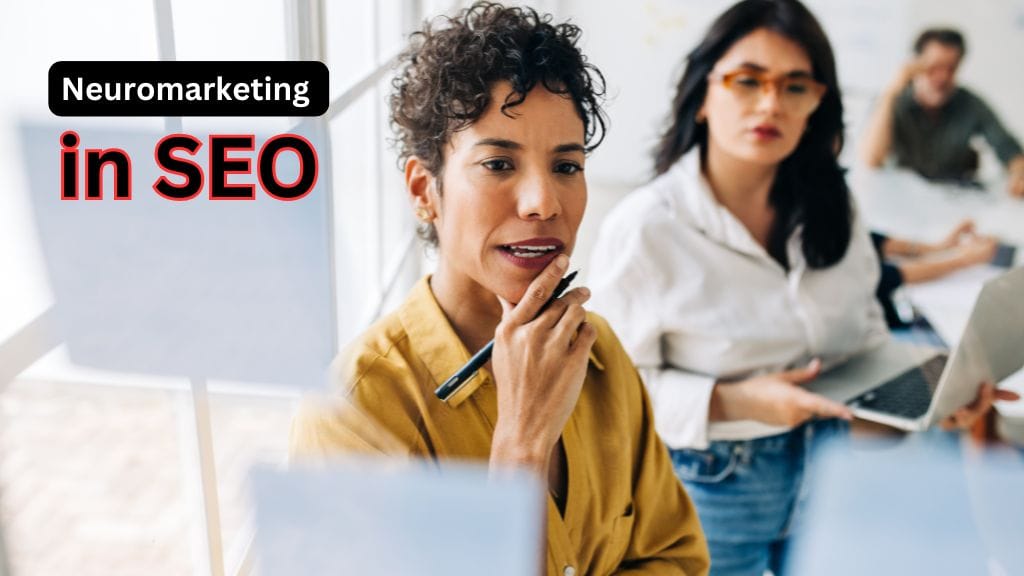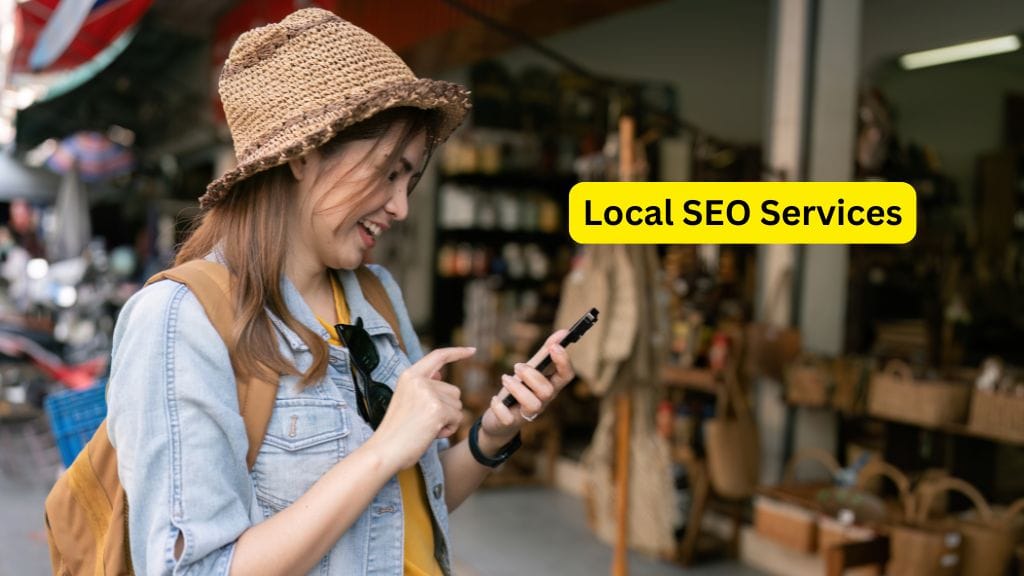In the ever-evolving digital landscape, having a website is just the beginning. To truly stand out, businesses must master on-page SEO, which involves optimizing elements within your website to boost its visibility on search engine results pages (SERPs). This includes strategies related to content, HTML source code, and other on-site factors. Implementing effective on-page SEO can significantly enhance your online presence and improve your rankings.
Understanding the importance of on-page SEO is crucial for any business. If your site isn’t optimized, search engines might struggle to determine its relevance to user queries. When executed correctly, on-page SEO becomes a powerful tool in your marketing arsenal, helping you reach your target audience more effectively.
Contents
- 1 Introduction to On-Page SEO
- 2 Understanding the Basics of On-Page SEO
- 3 Mobile Optimization
- 4 Page Speed Optimization
- 5 User Experience (UX) and SEO
- 6 Schema Markup and Rich Snippets
- 7 Social Sharing Integration
- 8 Monitoring and Analyzing On-Page SEO Performance
- 9 Conclusion and Call to Action
Introduction to On-Page SEO
Definition and Importance of On-Page SEO
On-page SEO refers to the practice of optimizing individual web pages to rank higher and earn more relevant traffic in search engines. This encompasses various elements such as content quality, keyword usage, meta tags, and HTML source code. Unlike off-page SEO, which focuses on external factors like backlinks, on-page SEO is entirely within your control.
Role of On-Page SEO in Website Ranking
On-page SEO is crucial in determining how well your website ranks in search results. It helps search engines understand your content and its relevance to user queries. When optimized correctly, on-page elements enhance your chances of appearing higher in search results, driving more organic traffic.
What Makes On-Page SEO Essential for Businesses in Delhi
In a bustling market like Delhi, where competition is fierce, effective on-page SEO can set your business apart. It ensures that your website meets the needs of your target audience while adhering to search engine guidelines, thereby improving your overall digital marketing strategy.
Competitive Landscape of Digital Marketing in Delhi
The digital marketing landscape in Delhi is highly competitive, with numerous businesses vying for attention. A solid on-page SEO strategy is not just beneficial; it is essential for survival in this crowded space. Businesses that prioritize on-page SEO are more likely to capture leads and convert them into loyal customers.
Why Local Businesses Need On-Page SEO
For local businesses in Delhi, on-page SEO is vital. It helps in targeting local customers through geo-specific keywords, ensuring that your business appears in local search results. This targeted approach significantly increases the chances of attracting foot traffic and local clientele.
Understanding the Basics of On-Page SEO
Keyword Research and Optimization
Keyword research is the foundation of on-page SEO. Identifying the right keywords allows you to tailor your content to meet the search intent of your audience. Utilize tools like Google Keyword Planner or Ahrefs to uncover high-volume, low-competition keywords relevant to your niche.
Meta Tags: Title, Description, and Headers
Meta tags are snippets of text that describe a webpage’s content. They play a significant role in helping search engines understand what your page is about. The three main types of meta tags to focus on are:
Headers (H1, H2, H3): These tags help organize your content and make it easier to read. The H1 tag is typically reserved for the main title, while H2 and H3 tags can be used for subheadings and sections within the content.
Title Tag: This is the clickable headline that appears on search engine results. It should be compelling and include the main keyword.
Meta Description: A brief summary of the webpage that appears below the title in search results. It should entice users to click while incorporating relevant keywords.
Optimizing Meta Tags
- Crafting the Perfect Meta Title: Your title tag should be concise (under 60 characters), include your primary keyword, and accurately represent the content.
- Writing Engaging Meta Descriptions: A compelling meta description (150-160 characters) should summarize your content while including relevant keywords to encourage clicks.
Content Optimization for SEO
Importance of High-Quality, Relevant Content
Content is king when it comes to SEO. High-quality, informative, and relevant content not only attracts visitors but also encourages them to stay longer on your site. This increases your bounce rate positively, which search engines interpret as a sign of valuable content.
Content-Length and Structure for SEO
While there is no one-size-fits-all rule for content length, longer, well-researched articles (around 1200 words or more) often perform better in search rankings. Use a clear structure with headings, bullet points, and short paragraphs to enhance readability. Break your content into digestible sections, making it easier for users to navigate.
Use of LSI Keywords
Latent Semantic Indexing (LSI) keywords are keywords semantically related to your primary keyword. Including LSI keywords in your content helps search engines better understand your topic and can improve your chances of ranking for multiple related searches.
Image Optimization
ALT Tags for Images
Using ALT tags for images improves accessibility and provides context to search engines. Ensure that your ALT tags describe the image while including relevant keywords.
Image File Names and Compression
Optimize image file names to be descriptive and keyword-rich. Additionally, compress images to improve loading speed without compromising quality.
URL Structure Optimization
Importance of SEO-Friendly URLs
An SEO-friendly URL is concise, descriptive, and includes your target keyword. For example, instead of “www.example.com/page1?id=12345,” a better URL would be “www.example.com/on-page-seo-delhi.” This type of URL is easier for both users and search engines to understand.
How to Structure URLs for Better Ranking
Keep URLs short, descriptive, and keyword-rich. For example, instead of a long URL with random characters, use something like www.yoursite.com/on-page-seo-delhi.
Internal Linking Strategies
Benefits of Internal Links for SEO
Internal links connect different pages on your website, helping search engines crawl your site more effectively. They also guide users to relevant content, enhancing their experience and reducing bounce rates.
Best Practices for Internal Linking
Use descriptive anchor text and link to high-authority pages on your site. Ensure that your internal linking structure supports a logical navigation flow.
Mobile Optimization
Why Mobile Responsiveness is Key for SEO
With a significant portion of internet traffic coming from mobile devices, having a mobile-responsive design is essential. Google considers mobile-friendliness as a ranking factor, meaning sites that aren’t mobile-friendly could suffer in search rankings.
How to Ensure Mobile-Friendly Design
Utilize responsive web design principles, ensure fast loading times, and optimize your content for smaller screens to create a seamless mobile experience.
Page Speed Optimization
Importance of Fast Loading Times
Page loading speed is a critical ranking factor. Users are likely to abandon a site that takes too long to load, resulting in higher bounce rates.
Techniques to Improve Page Speed
- Optimize images and use lazy loading.
- Minimize HTTP requests and leverage browser caching.
- Utilize content delivery networks (CDNs) for faster load times.
User Experience (UX) and SEO
How User Experience Affects SEO
User experience significantly influences SEO. Positive UX leads to longer dwell times and lower bounce rates, both of which are favorable for search rankings.
Best UX Practices for SEO
- Ensure easy navigation and a clean layout.
- Use clear calls to action (CTAs) to guide users.
- Optimize for accessibility to cater to all users.
Schema Markup and Rich Snippets
What is Schema Markup?
Schema markup is a code that you can add to your website to help search engines understand the context of your content. It enhances your visibility in search results.
How to Implement Rich Snippets for SEO
Implement schema markup using JSON-LD format. This can improve your click-through rates by displaying rich snippets in search results.
Social Sharing Integration
Role of Social Signals in SEO
Social signals, such as shares and likes, can indirectly influence SEO by increasing visibility and driving traffic.
Integrating Social Media for Better SEO
Include social sharing buttons on your content to encourage engagement. Active social media presence can enhance brand visibility and drive traffic back to your website.
Monitoring and Analyzing On-Page SEO Performance
Tools to Track On-Page SEO
Utilize tools like Google Analytics, SEMrush, and Moz to track the performance of your on-page SEO efforts. These tools provide valuable insights into traffic sources, user behavior, and keyword rankings.
Importance of Regular Audits
Regularly auditing your on-page SEO ensures that your strategies remain effective and aligned with current best practices. This helps in identifying areas for improvement and adjusting your approach accordingly.
Conclusion and Call to Action
In conclusion, mastering on-page SEO is essential for businesses seeking to improve their online visibility, especially in a competitive environment like Delhi. By focusing on critical aspects such as keyword optimization, content strategies, and meta tag optimization, businesses can enhance their search engine rankings and attract more visitors.
If you’re seeking to boost your website’s performance, consider partnering with Ranks Digital Media, a leading SEO company in Delhi. We can help you tailor an on-page SEO strategy that meets your business needs and helps you stand out in the crowded digital landscape.


